

Articles
How To Store Fava Beans
Modified: October 20, 2024
Learn the best methods for storing fava beans in this comprehensive article. From freezing to drying, discover how to preserve their flavor and nutrients all year round.
(Many of the links in this article redirect to a specific reviewed product. Your purchase of these products through affiliate links helps to generate commission for Storables.com, at no extra cost. Learn more)
Introduction
Storing fava beans properly is essential to preserve their freshness and flavor for future use. Whether you have a bountiful harvest from your garden or purchased a large quantity from the market, knowing how to store fava beans will ensure that you can enjoy their delicious taste and nutritional benefits throughout the year.
Fava beans, also known as broad beans, are a versatile legume that can be used in a variety of dishes such as soups, salads, and stir-fries. These beans are not only delicious but also packed with nutrients like fiber, protein, iron, and folate. By properly storing fava beans, you can extend their shelf life and make them readily available for culinary adventures.
In this article, we will explore various methods for storing fava beans to keep them fresh and preserve their quality. Whether you prefer dry storage, freezing, or canning, we will provide you with the necessary information to make the best choice for your needs.
So, let’s dive in and discover the best practices for storing fava beans to ensure that you have a supply of these delightful legumes whenever you need them!
Key Takeaways:
- Store fava beans to enjoy year-round availability, cost savings, and reduced food waste. Choose from dry storage, freezing, canning, or storing cooked beans for convenience and nutritional benefits.
- Maximize fava bean freshness and flavor with proper storage conditions, regular inspection, and organized labeling. Experiment with recipes and quality storage containers for delightful culinary experiences.
Read more: How To Store Black Beans
Benefits of Storing Fava Beans
Properly storing fava beans offers several benefits, making it a worthwhile endeavor for any cooking enthusiast. Here are some advantages of storing fava beans:
- Longer shelf life: Storing fava beans allows you to extend their shelf life beyond the typical few days when kept fresh. This ensures that you have a supply of fava beans available whenever you want to incorporate them into your dishes.
- Year-round availability: By storing fava beans, you can enjoy their delicious taste and nutritional benefits all year round. Whether it’s winter or summer, you can access your stockpile of fava beans and add them to a variety of recipes.
- Cost savings: Buying fava beans in bulk when they are in season or on sale can save you money in the long run. Properly storing the beans allows you to take advantage of these cost savings and have a ready supply of fava beans without having to pay premium prices.
- Convenience: Storing fava beans in different ways, such as freezing or canning, offers the convenience of easily and quickly accessing the beans whenever you need them. Whether you want to whip up a quick and nutritious meal or experiment with new recipes, having stored fava beans on hand eliminates the need for last-minute grocery shopping.
- Reduced food waste: One of the major benefits of storing fava beans is the reduction of food waste. By preserving fava beans, you can save them from spoilage and ensure that none of these nutritious legumes go to waste. This is not only economical but also environmentally friendly.
Now that you’re aware of the benefits of storing fava beans, let’s move on to the methods you can use to achieve optimal storage conditions.
Choosing and Prepping Fava Beans for Storage
Before storing fava beans, it’s important to select the right ones and prepare them properly. Here are some tips for choosing and prepping fava beans for storage:
- Freshness: Choose fava beans that are fresh and free from blemishes. Look for pods that are plump, firm, and vibrant green in color. Avoid beans that have shriveled or discolored pods, as they may indicate that the beans are past their prime.
- Harvesting: If you’re growing fava beans in your garden, harvest them when the pods are fully grown but still tender. Avoid waiting too long, as the beans can become tough and starchy. For purchased fava beans, ensure they are as fresh as possible.
- Cleaning: After harvesting or purchasing fava beans, begin by removing the beans from the pods. Once the beans are separated, rinse them thoroughly under cold water to remove any dirt or debris that may have accumulated.
- Blanching: Blanching is an optional step that can help preserve the color, texture, and flavor of fava beans. To blanch, bring a pot of water to boil and add the beans. Boil them for about two minutes, then transfer them to an ice bath to stop the cooking process. Drain the beans and pat them dry before proceeding with the storage method of your choice.
- Dividing: If you have a large quantity of fava beans, consider dividing them into smaller portions before storing. This allows for easier portioning and reduces the need to thaw or open a large container of beans each time you want to use them.
- Labeling: Don’t forget to label your storage containers or bags with the date of storage. This will help you keep track of the freshness and ensure that you use the oldest beans first to avoid any waste.
By following these steps, you can ensure that your fava beans are of the highest quality and properly prepped for storage. Now that we’ve covered the basics of choosing and prepping fava beans, let’s move on to the various storage methods available.
Dry Storage Methods for Fava Beans
Dry storage is one of the simplest and most common methods for storing fava beans. Here are a few dry storage methods you can use:
- Paper bags: One popular option for dry storage is using paper bags. Place the cleaned and dried fava beans in a paper bag, ensuring that it is not too tightly packed. Fold the top of the bag to seal it, and store it in a cool, dark, and dry place such as a pantry or cellar. The paper bag allows for air circulation, which helps prevent moisture buildup and extends the life of the beans.
- Mason jars: Another effective method for dry storage is using mason jars. Transfer the fava beans to clean and dry mason jars, leaving some headspace at the top to allow for expansion. Seal the jars tightly and store them in a cool, dry place away from direct sunlight. Mason jars provide an airtight environment, preserving the freshness and flavor of the fava beans.
- Vacuum-sealed bags: If you have a vacuum sealer, consider using vacuum-sealed bags for your fava beans. Place the beans in a vacuum-sealed bag, remove the air using the vacuum sealer, and seal the bag. Vacuum-sealing helps prevent moisture and oxygen exposure, ensuring that the beans stay fresh for a longer period.
- Mylar bags: Mylar bags are a great option for long-term storage of fava beans. These thick, metallic-lined bags provide excellent protection against moisture, light, and oxygen. Place the fava beans in a mylar bag, remove as much air as possible, and seal it using a hot iron or a specialized heat sealer. Store the sealed mylar bags in a cool, dark, and dry place.
- Containers with airtight lids: If you have sturdy containers with airtight lids, they can be used for dry storage as well. Make sure the containers are clean and dry before adding the fava beans. Fill the containers, leaving some headspace for expansion, and seal them tightly. Store the containers in a cool, dry, and dark location.
When using any of these dry storage methods, it’s important to regularly check the beans for signs of spoilage, such as mold or an unpleasant odor. If you detect any spoilage, discard the affected beans to prevent contamination of the rest.
Now that you know how to store fava beans using dry storage methods, let’s explore other preservation methods, such as freezing and canning.
Freezing Fava Beans
Freezing is a popular and effective method for preserving fava beans while maintaining their flavor and texture. Here’s how you can freeze fava beans:
- Blanching: Start by blanching the fava beans. Bring a large pot of water to a rolling boil and add the beans. Boil them for about two minutes, then transfer them to an ice bath to cool quickly. Blanching helps retain the color, texture, and nutritional value of the beans while killing any bacteria that may be present.
- Removal of skins: Once the beans have cooled, you can easily remove the tough outer skins. Gently squeeze each bean, and the bright green inner bean will pop right out. This step is optional but recommended for a smoother and more enjoyable texture when consuming the beans later.
- Drying: After blanching and skinning the fava beans, pat them dry with a clean towel or paper towels. Ensuring that the beans are as dry as possible before freezing helps prevent ice crystals from forming and preserves their quality.
- Packaging: Divide the fava beans into portions based on your future usage needs. Place the beans in airtight freezer-safe containers or resealable bags, removing as much air as possible before sealing. Alternatively, you can vacuum-seal the beans for optimal freshness.
- Labeling: Label each container or bag with the date of freezing to ensure that you use the oldest beans first. This helps maintain a rotation system and prevents the beans from being forgotten and going to waste.
- Freezing: Place the labeled containers or bags of fava beans in the freezer. It’s best to store them in a single layer initially to allow for faster freezing. Once the beans are frozen solid, you can rearrange them to save space if needed.
- Storage duration: In general, frozen fava beans can be stored for up to 8 to 12 months. However, for optimal flavor and quality, it’s recommended to consume them within 3 to 6 months.
When you’re ready to use the frozen fava beans, simply thaw them in the refrigerator overnight or quickly blanch them again before incorporating them into your desired recipes. They can be added to soups, stews, stir-fries, or enjoyed as a side dish.
Now that you know how to freeze fava beans, let’s move on to another preservation method – canning.
Store fava beans in the refrigerator in a perforated plastic bag to allow for air circulation. They will stay fresh for up to 5 days.
Read more: How To Store A Bean Bag
Canning Fava Beans
Canning fava beans is another excellent method for preserving their freshness and flavor. The canning process creates a sealed environment that prevents bacterial growth and extends the shelf life of the beans. Here’s how you can can fava beans:
- Preparation: Begin by selecting fresh fava beans and preparing them by blanching and removing the outer skins as described earlier. Ensure that the beans are thoroughly dried before proceeding with the canning process.
- Jars and lids: Select canning jars specifically designed for home canning and ensure they are clean and in good condition. Similarly, check the lids to make sure they are free from dents or damage. Sterilize the jars and lids by boiling them in water for a few minutes, or follow the manufacturer’s instructions.
- Packaging: Fill the sterilized jars with the blanched and dried fava beans, leaving about an inch of headspace. You can add salt or other seasonings if desired, but it is optional. Wipe the rims of the jars clean to ensure a proper seal.
- Canning solution: Prepare a canning solution by mixing water and vinegar in a ratio of 1:1. Bring the solution to a boil and carefully pour it into each jar, ensuring that the beans are fully covered but still leaving the recommended headspace.
- Sealing: Place the lids on the jars and screw the bands on until fingertip-tight. Do not overtighten. The purpose of the bands is to hold the lids in place during processing and create a vacuum seal afterward.
- Processing: Place the filled and sealed jars in a canner or large pot filled with water. Ensure that the jars are fully submerged in water. Process the jars according to the recommended processing time based on your altitude and the size of the jars. Follow scientifically tested canning recipes or consult reliable sources for accurate processing times.
- Cooling and storage: After processing, remove the jars from the canner and allow them to cool at room temperature. As they cool, you may hear the satisfying “pop” sound, indicating successful sealing. Once completely cooled, check the seals by pressing on the lids. If the lids do not flex or pop, the jars are properly sealed. Store the sealed jars in a cool, dark, and dry place.
- Storage duration: When properly sealed and stored, canned fava beans can last for up to 1 to 2 years. However, for the best quality and taste, it is recommended to consume them within a year.
Canned fava beans can be consumed directly or used in various recipes such as salads, stews, or side dishes. Ensure that you inspect the jars before use and discard any cans with signs of spoilage, such as bulging lids or off-putting odors.
With the knowledge of canning fava beans, you now have multiple options for preserving these delicious legumes. However, if you prefer storing cooked fava beans, we will explore that method next.
Storing Cooked Fava Beans
If you’ve cooked a batch of fava beans and want to store the leftovers for future use, there are a few simple steps you can follow to ensure they stay fresh and flavorful. Here’s how to store cooked fava beans:
- Cooling: Allow the cooked fava beans to cool completely before storing them. Placing hot beans in a sealed container can create condensation, leading to moisture buildup and potential spoilage.
- Portioning: Divide the cooked fava beans into portion sizes that suit your needs. This will make it easier to defrost and use them later without having to thaw a large batch all at once.
- Containers: Use airtight containers or resealable bags for storing the cooked fava beans. Make sure the containers are clean, dry, and free from any lingering odors that could be absorbed by the beans.
- Sealing: Fill each container or bag with the cooked fava beans, leaving some headspace for expansion. Seal the containers tightly or ensure that resealable bags are securely closed to prevent air and moisture from entering.
- Labeling: Label each container or bag with the date of storage. This will help you keep track of the freshness and ensure that you use the oldest beans first for optimal taste and quality.
- Refrigeration or freezing: If you plan to consume the cooked fava beans within a few days, store them in the refrigerator. They can last for up to 3 to 4 days when refrigerated. Alternatively, if you want to extend their shelf life, you can freeze the cooked beans.
- Freezing: To freeze the cooked fava beans, ensure they are completely cooled and then transfer them into freezer-safe containers or bags. Remove as much air as possible and seal the containers tightly. Properly frozen cooked fava beans can last for up to 2 to 3 months in the freezer.
When you’re ready to use the stored cooked fava beans, thaw them in the refrigerator overnight if frozen or simply reheat them if refrigerated. They can be added to a variety of dishes like pasta, salads, or purées, providing a quick and nutritious meal option.
By following these steps, you can effectively store and preserve cooked fava beans, ensuring that you have a convenient and delicious ingredient on hand whenever you need it.
Now that we’ve covered various storage methods, let’s explore some additional tips for maintaining the freshness and flavor of fava beans.
Tips for Maintaining Freshness and Flavor
To ensure that your stored fava beans remain fresh and flavorful, here are some helpful tips to keep in mind:
- Proper storage conditions: Regardless of the storage method you choose, it’s important to keep fava beans in a cool, dark, and dry place. Exposure to light, heat, and moisture can cause deterioration and spoilage. Avoid storing fava beans near strong-smelling foods, as they can absorb odors.
- Regularly check for spoilage: Periodically inspect the beans for any signs of spoilage, such as mold, discoloration, or off-putting odors. If you notice any of these signs, immediately discard the affected beans to prevent contamination of the rest.
- Rotate your stockpile: Whether you’re using dry storage, freezing, or canning, it’s essential to practice a first-in, first-out approach. Make sure to use the oldest beans first to prevent any wastage and maintain the quality of the stored fava beans.
- Avoid excessive handling: When handling stored fava beans, try to minimize unnecessary exposure to air and moisture by only opening the containers or bags when needed. This helps preserve their freshness and flavor for a longer period.
- Keep labeled and organized: Proper labeling and organization are key to efficient storage. Clearly mark the storage containers or bags with the date of storage, ensuring that older beans are used before newer ones. This simple practice helps prevent confusion and waste.
- Experiment with recipes: While fava beans are delicious on their own, consider exploring different recipes and dishes to make the most of your stored beans. Try incorporating them into soups, stews, salads, spreads, or even as a protein-packed topping for pizzas or toast.
- Use quality storage containers: Whether you’re using jars, bags, or containers for storing fava beans, invest in high-quality, airtight options. This helps prevent moisture and air from seeping in, maintaining the beans’ freshness and flavor.
- Don’t overlook cooked fava beans: If you have cooked fava beans that you plan to store, ensure they are cooled properly before sealing and refrigerating or freezing. This helps maintain their texture and taste when you’re ready to enjoy them later.
By following these tips, you can maximize the freshness and flavor of your stored fava beans, allowing you to savor their deliciousness for months to come.
Now armed with the knowledge of proper fava bean storage methods and helpful tips, you can confidently store your fava beans and enjoy their delightful taste and nutritional benefits throughout the year!
Remember, whether using dry storage, freezing, canning, or storing cooked fava beans, always prioritize food safety and adhere to proper hygiene practices to ensure the best possible storage outcomes.
Happy fava bean storing and cooking!
[HTML ENCODED]
Conclusion
Storing fava beans properly is essential to preserve their freshness, flavor, and nutritional benefits. Whether you choose to employ dry storage, freezing, canning, or storing cooked beans, there are various methods available to suit your preferences and needs. Each method offers its own benefits and considerations.
By following recommended practices, such as choosing fresh fava beans, properly prepping them, and using appropriate storage containers, you can successfully store fava beans for an extended period. This ensures that you have a supply of these versatile legumes on hand whenever you desire to incorporate them into your recipes.
From enjoying longer shelf life and year-round availability to saving money and reducing food waste, the benefits of storing fava beans are plentiful. Not only can you savor their delicious taste, but you can also relish the nutritional value they offer, including fiber, protein, iron, and folate.
Whether you opt for dry storage methods like using paper bags, mason jars, vacuum-sealed bags, or mylar bags, or choose to freeze or can your fava beans, each technique ensures that you can enjoy their freshness and flavor even when they’re out of season.
In addition, storing cooked fava beans is an excellent option for preserving leftovers and saving time in the kitchen. Properly cooled and stored cooked beans can be refrigerated or frozen, providing a convenient and nutritious ingredient for future meals.
Lastly, implementing a few simple tips such as maintaining proper storage conditions, regularly checking for spoilage, and labeling and organizing your storage containers contribute to maintaining the freshness and quality of your fava beans.
Now armed with the knowledge of storing fava beans, you can confidently embark on your culinary adventures, knowing that you have a stash of these delectable legumes at your fingertips. Whether you’re creating hearty stews, refreshing salads, or experimenting with new recipes, you can enjoy the delicious taste and nutritional benefits of fava beans all year round.
So go ahead, stock up on fava beans, employ the storage methods that suit you best, and savor the rewards of vibrant and flavorful dishes whenever the craving strikes!
[HTML ENCODED]
Frequently Asked Questions about How To Store Fava Beans
Was this page helpful?
At Storables.com, we guarantee accurate and reliable information. Our content, validated by Expert Board Contributors, is crafted following stringent Editorial Policies. We're committed to providing you with well-researched, expert-backed insights for all your informational needs.
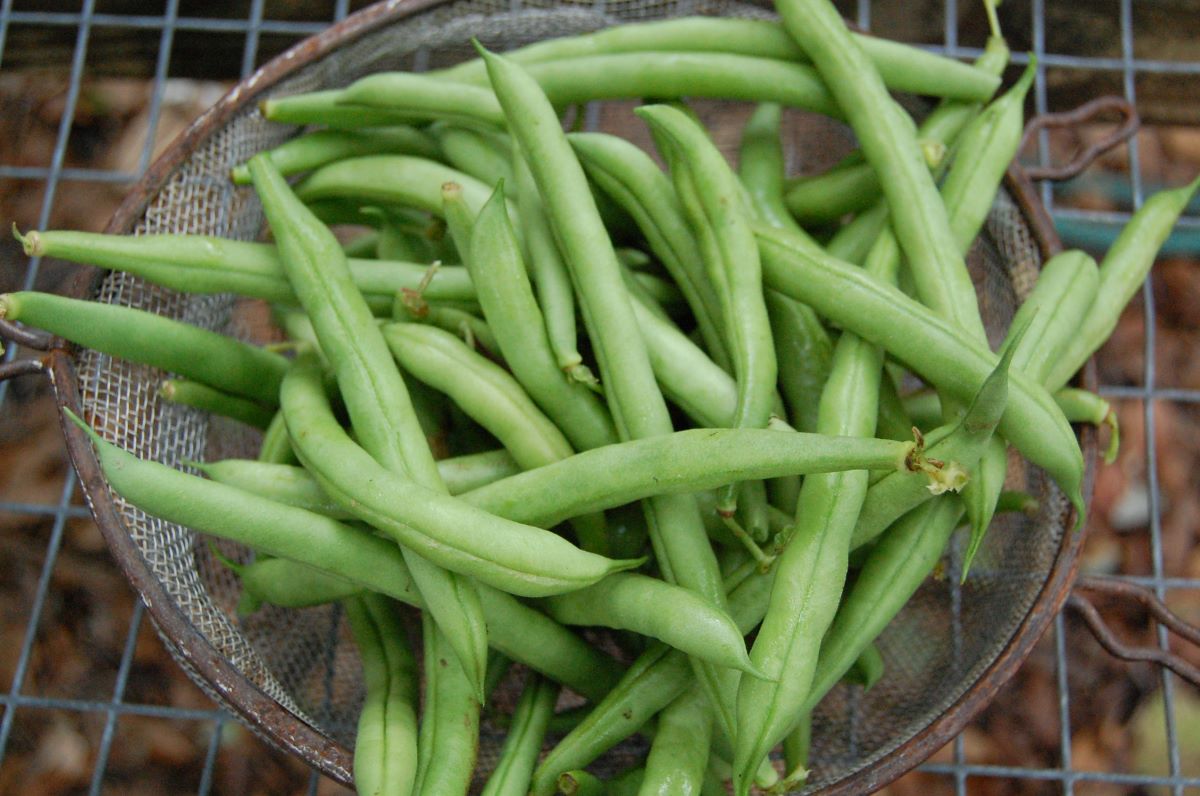
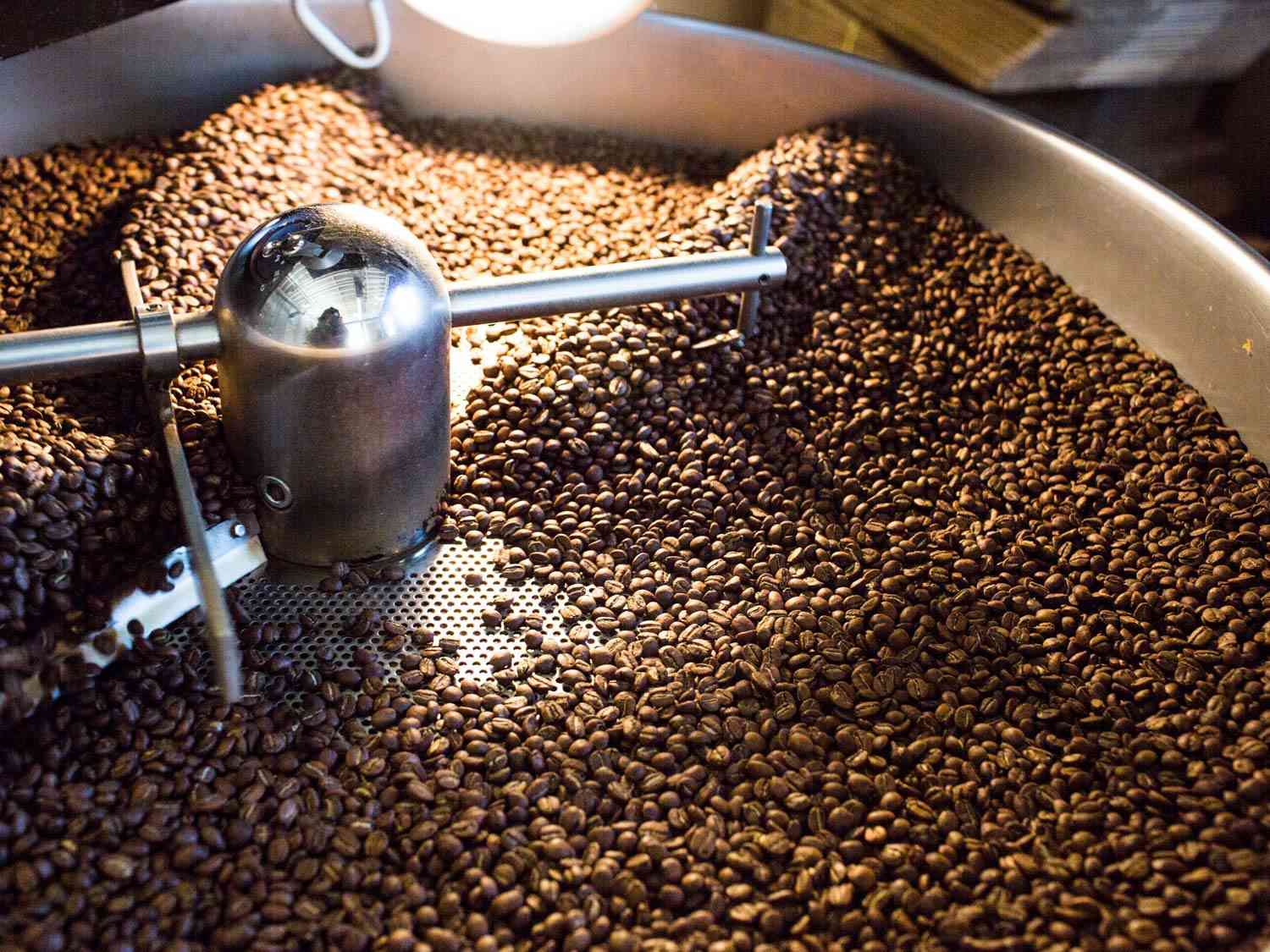
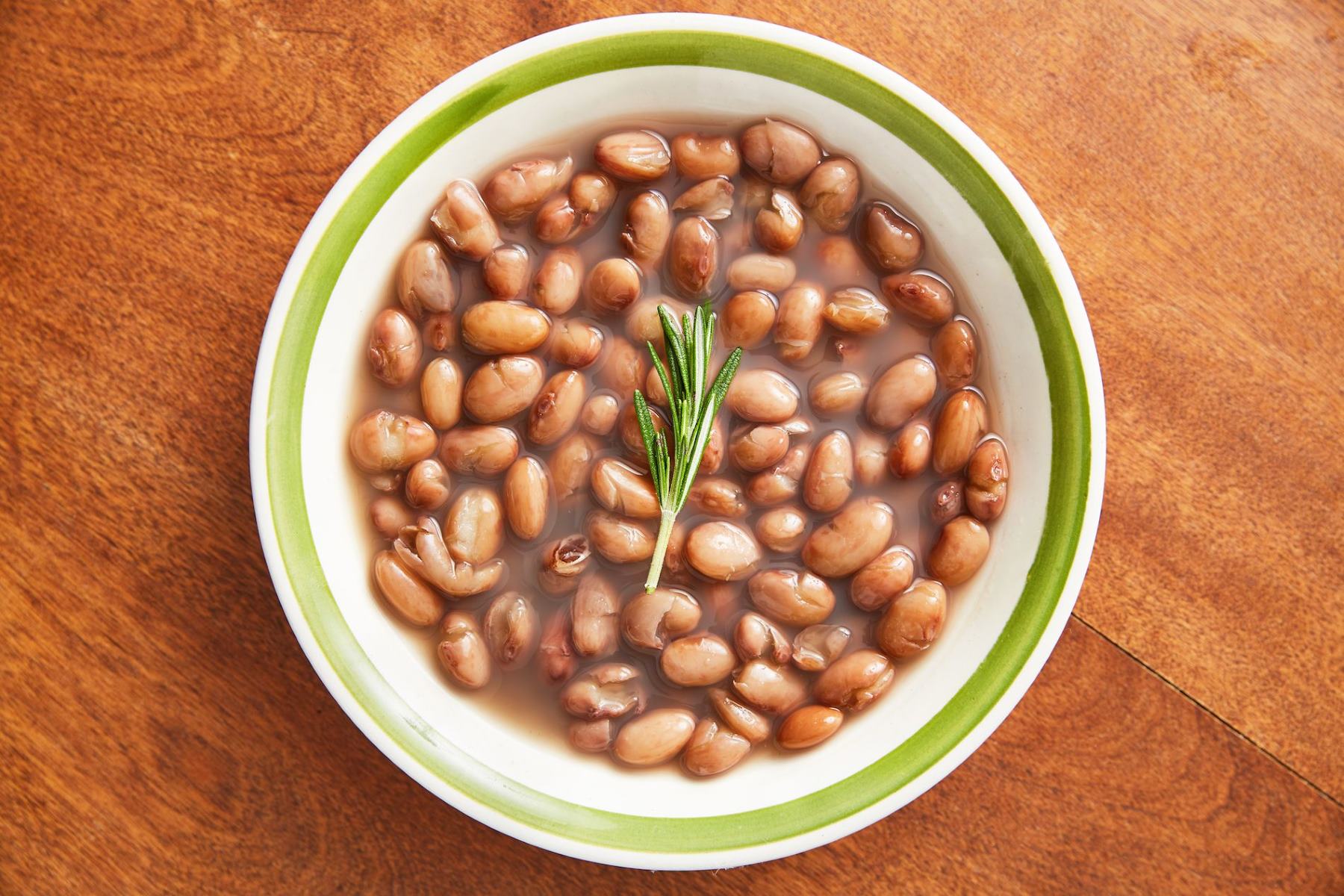
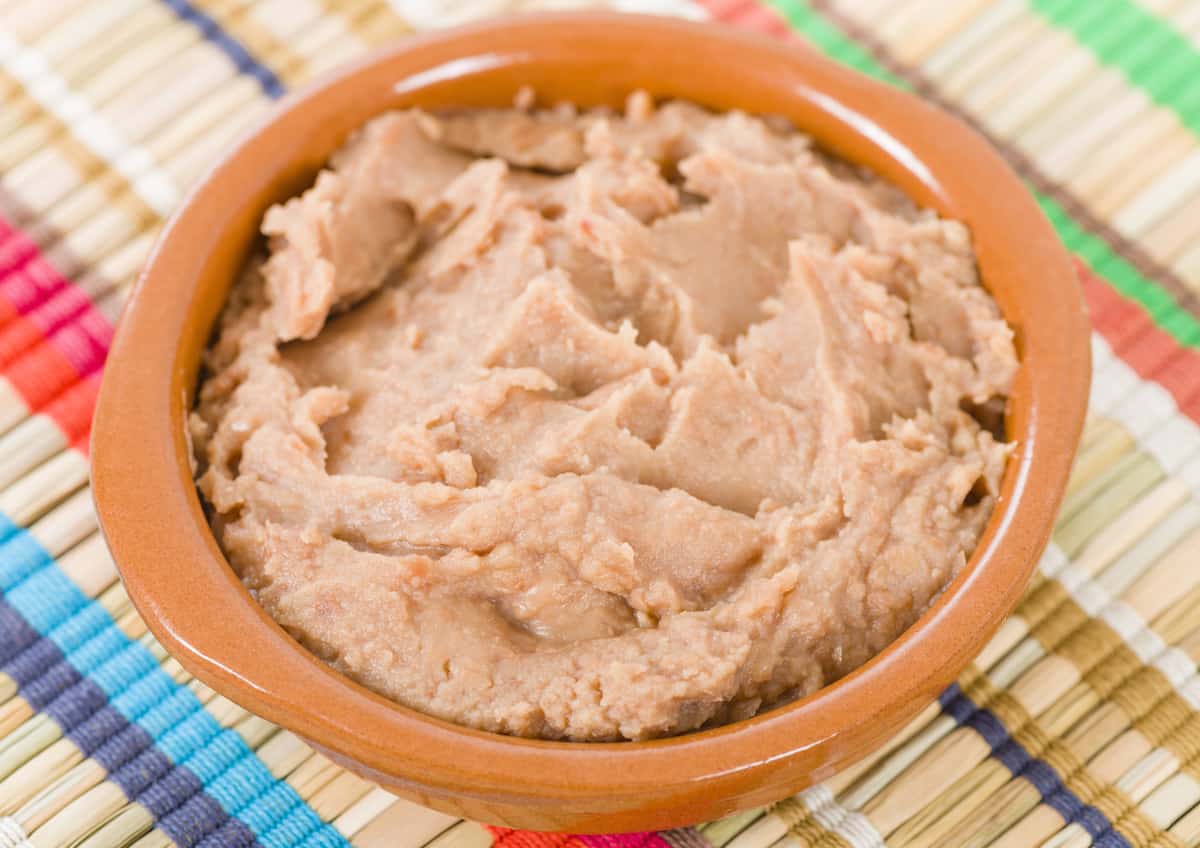
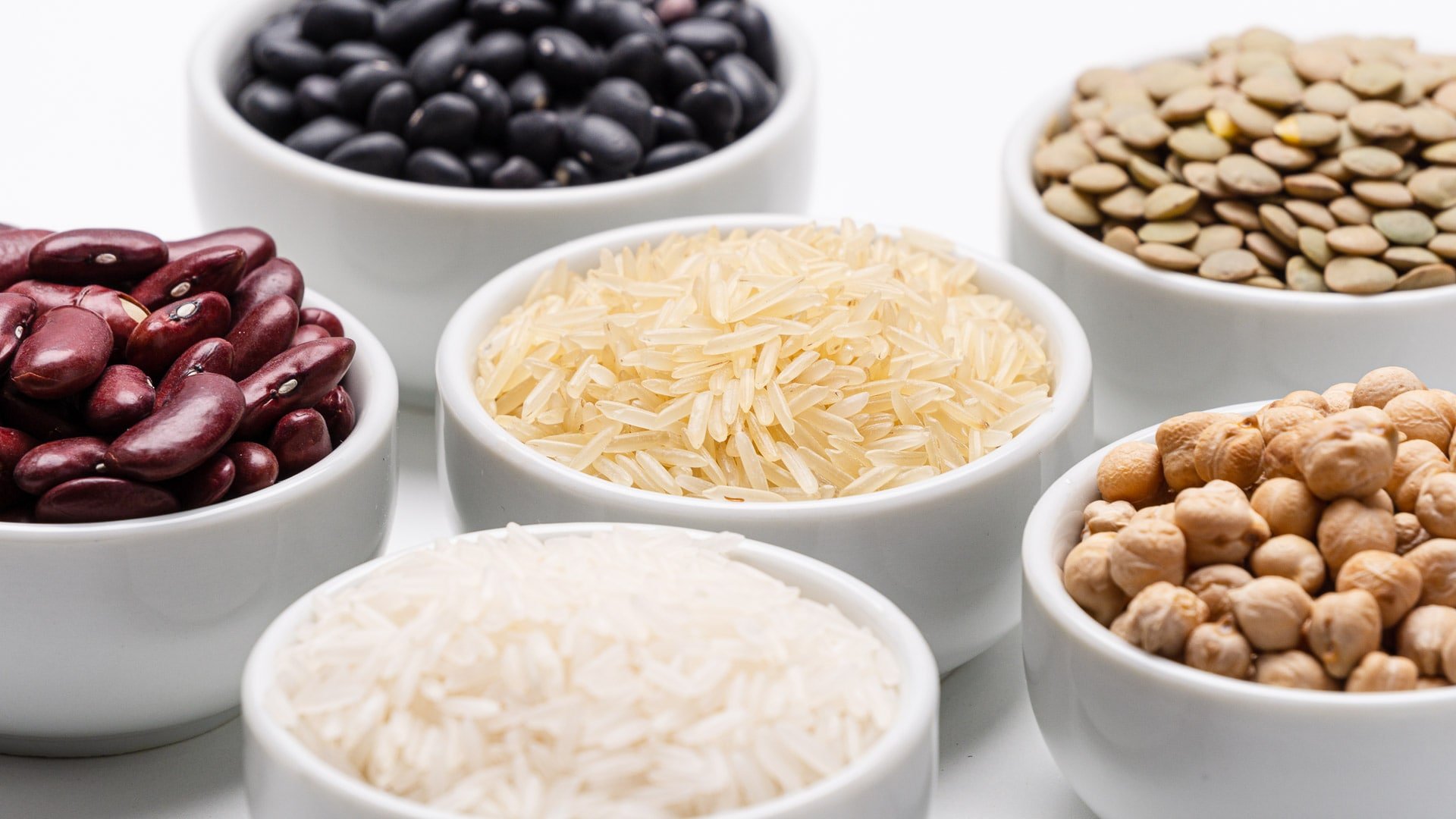
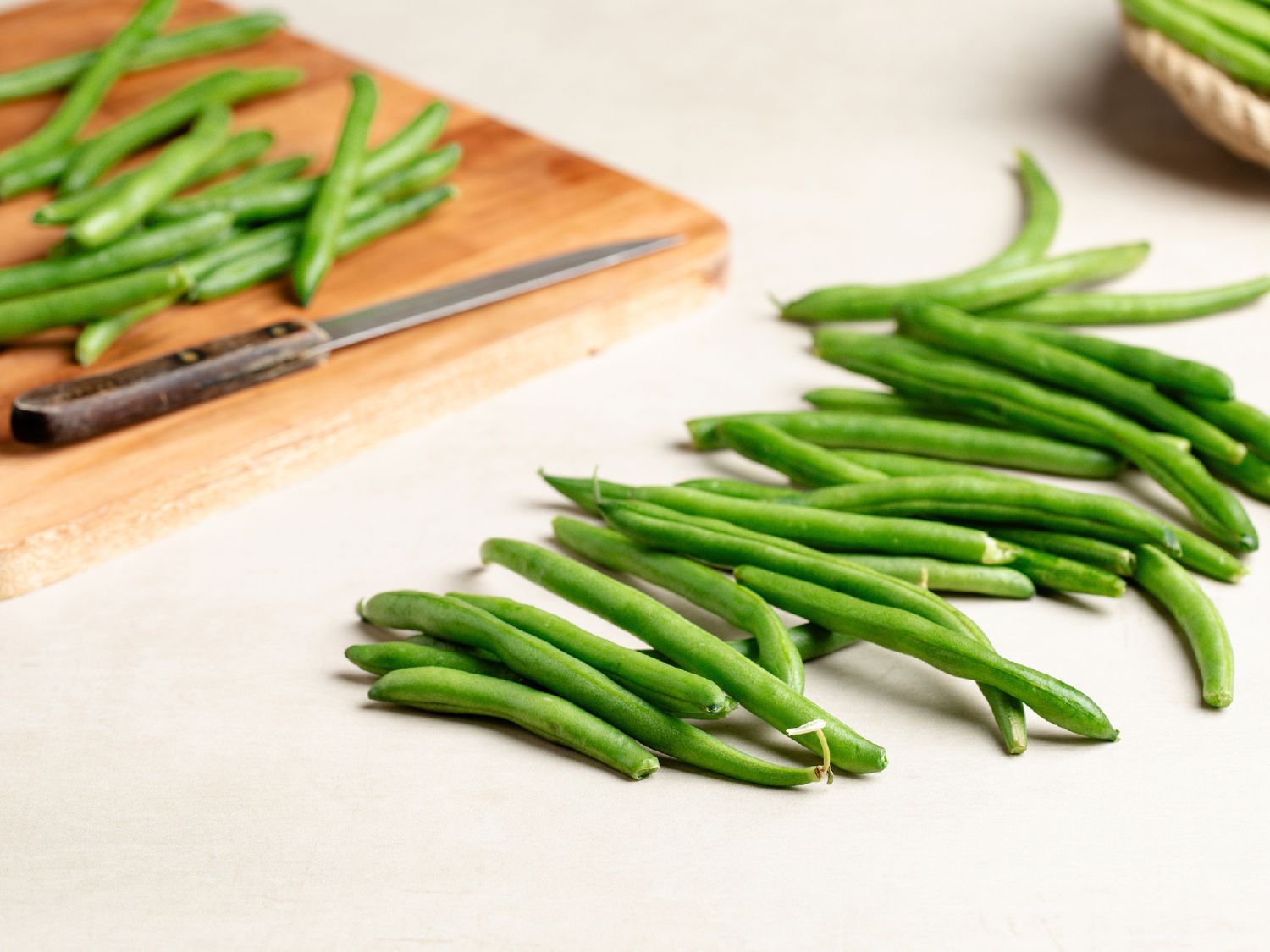
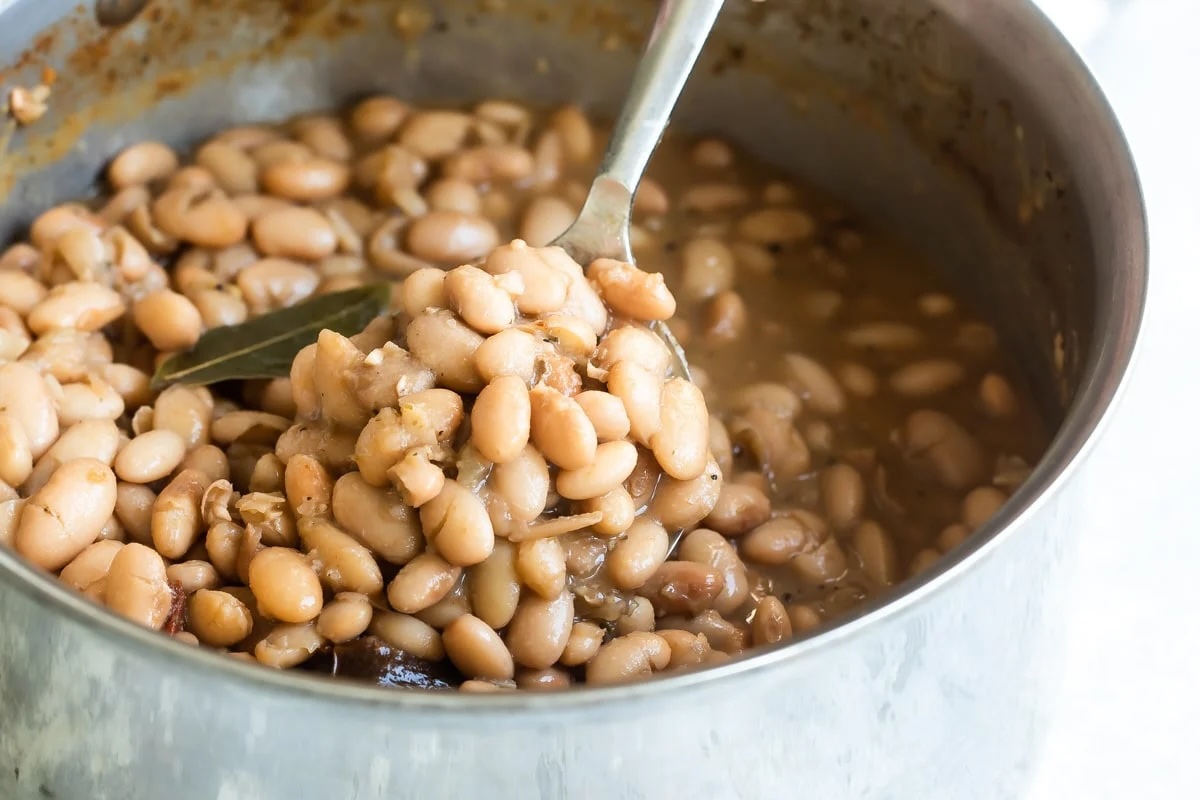
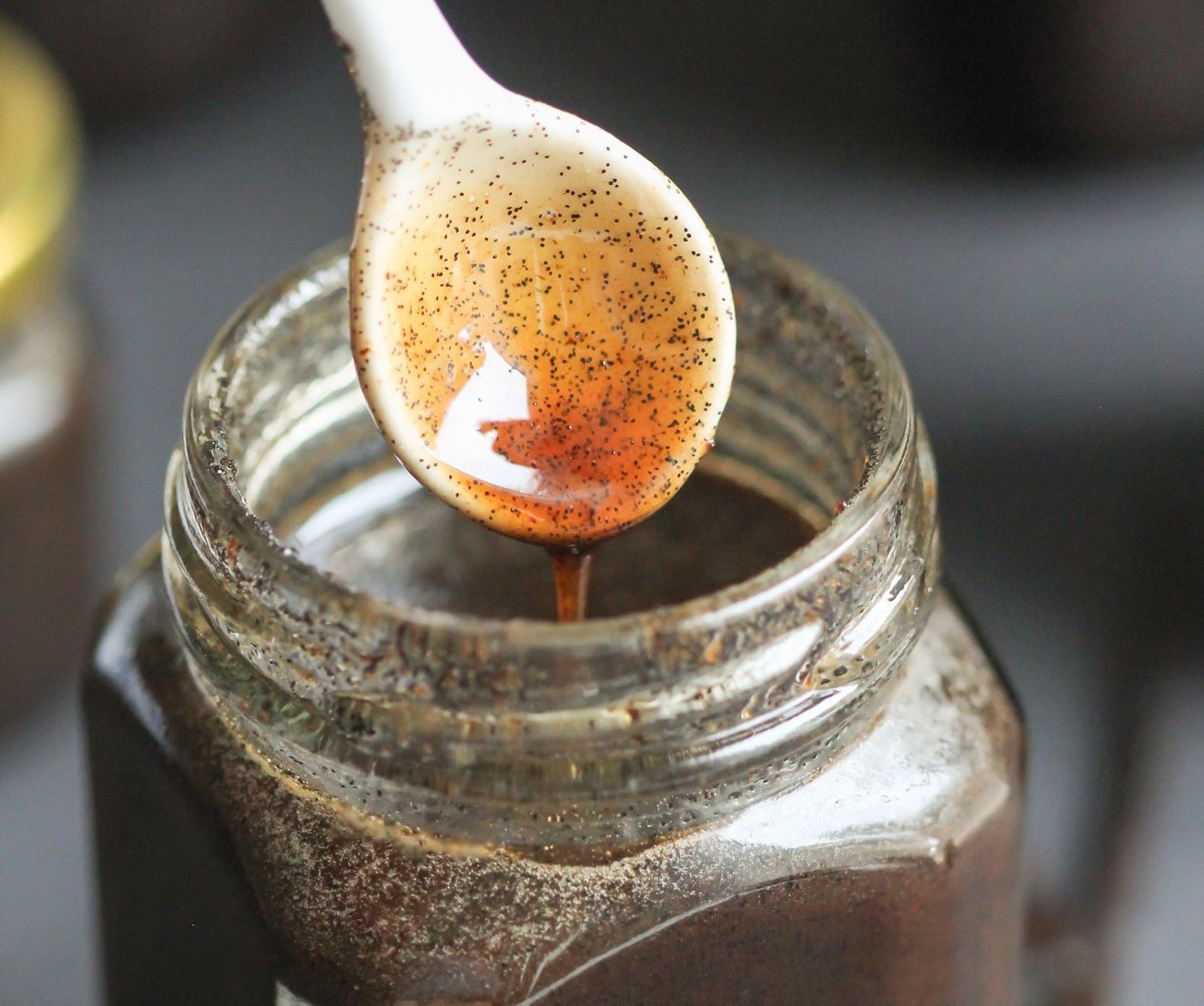
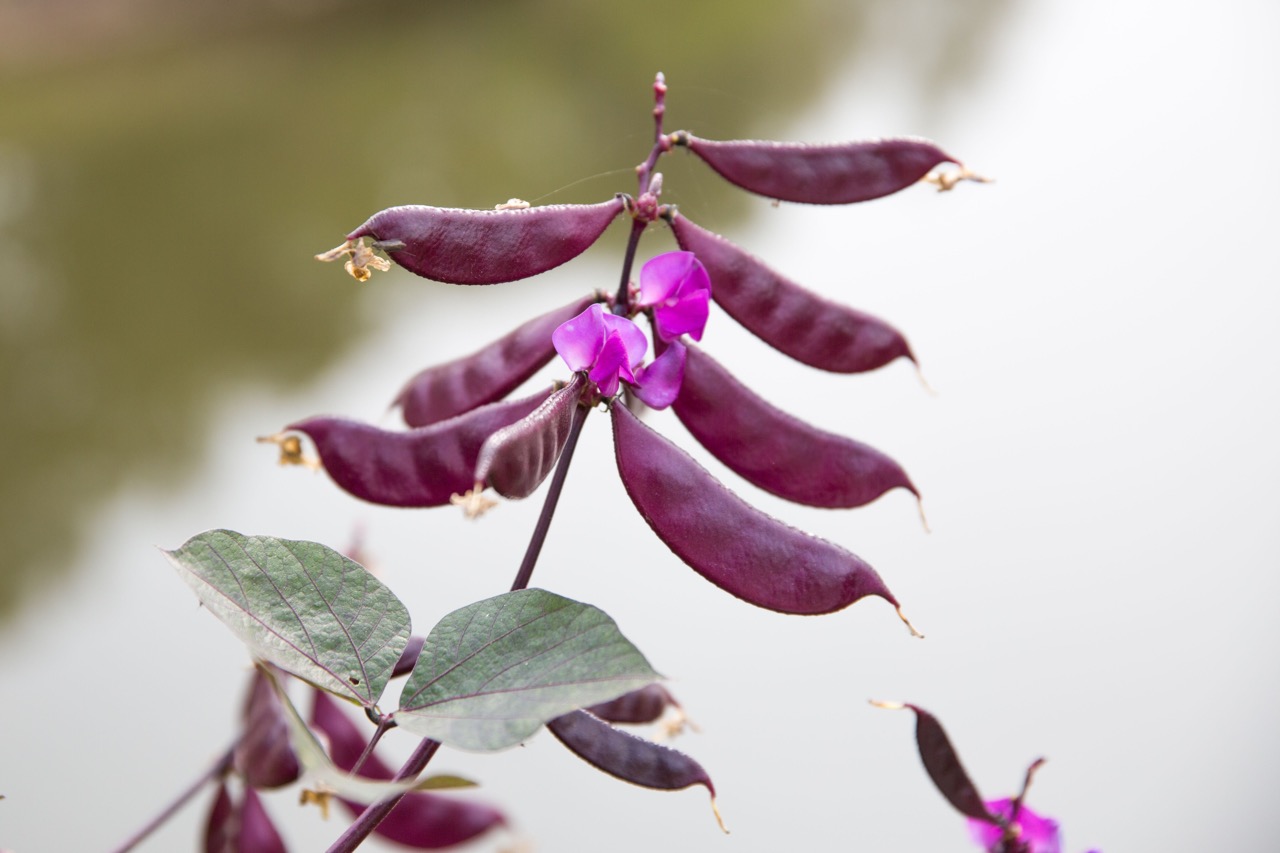
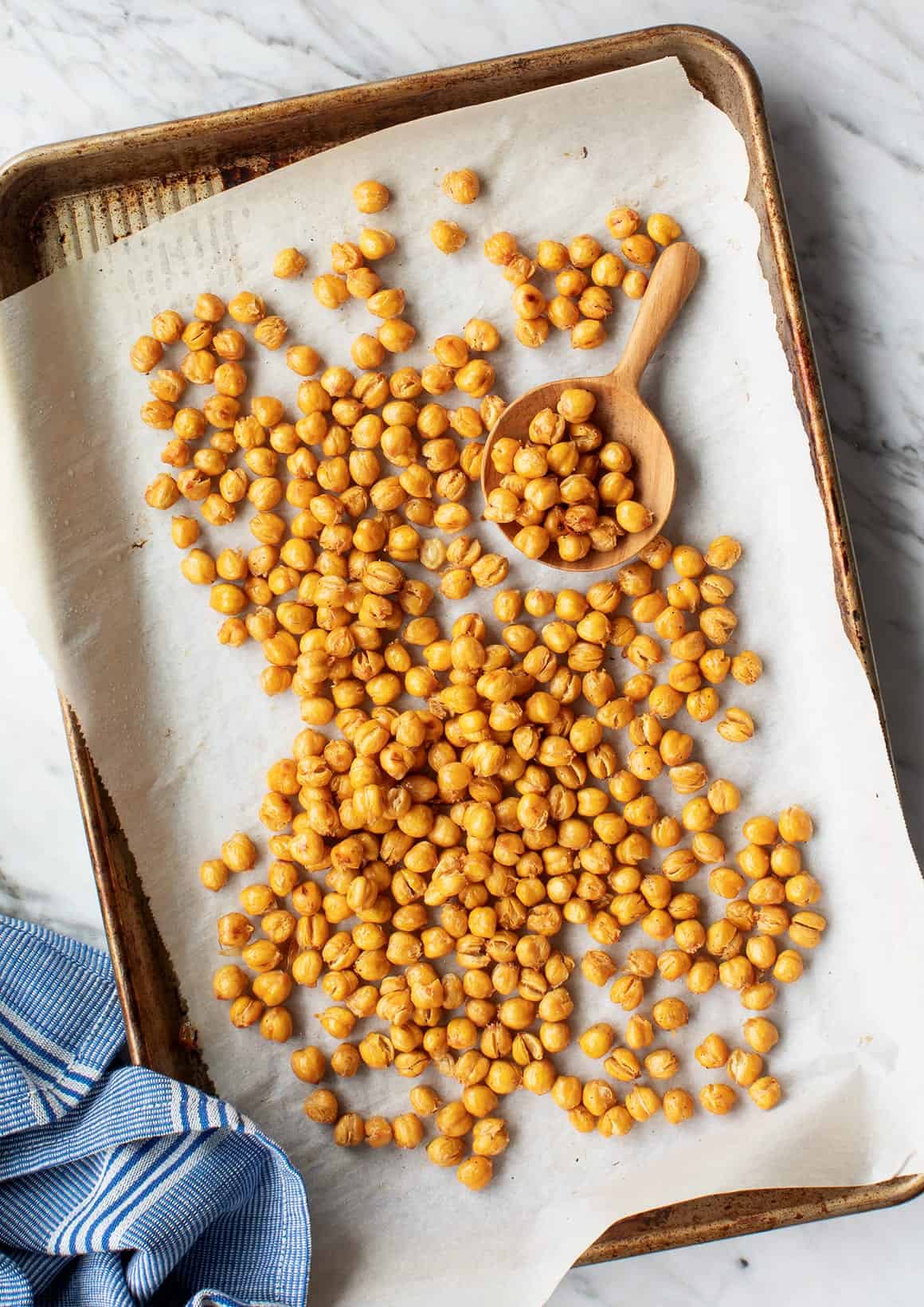
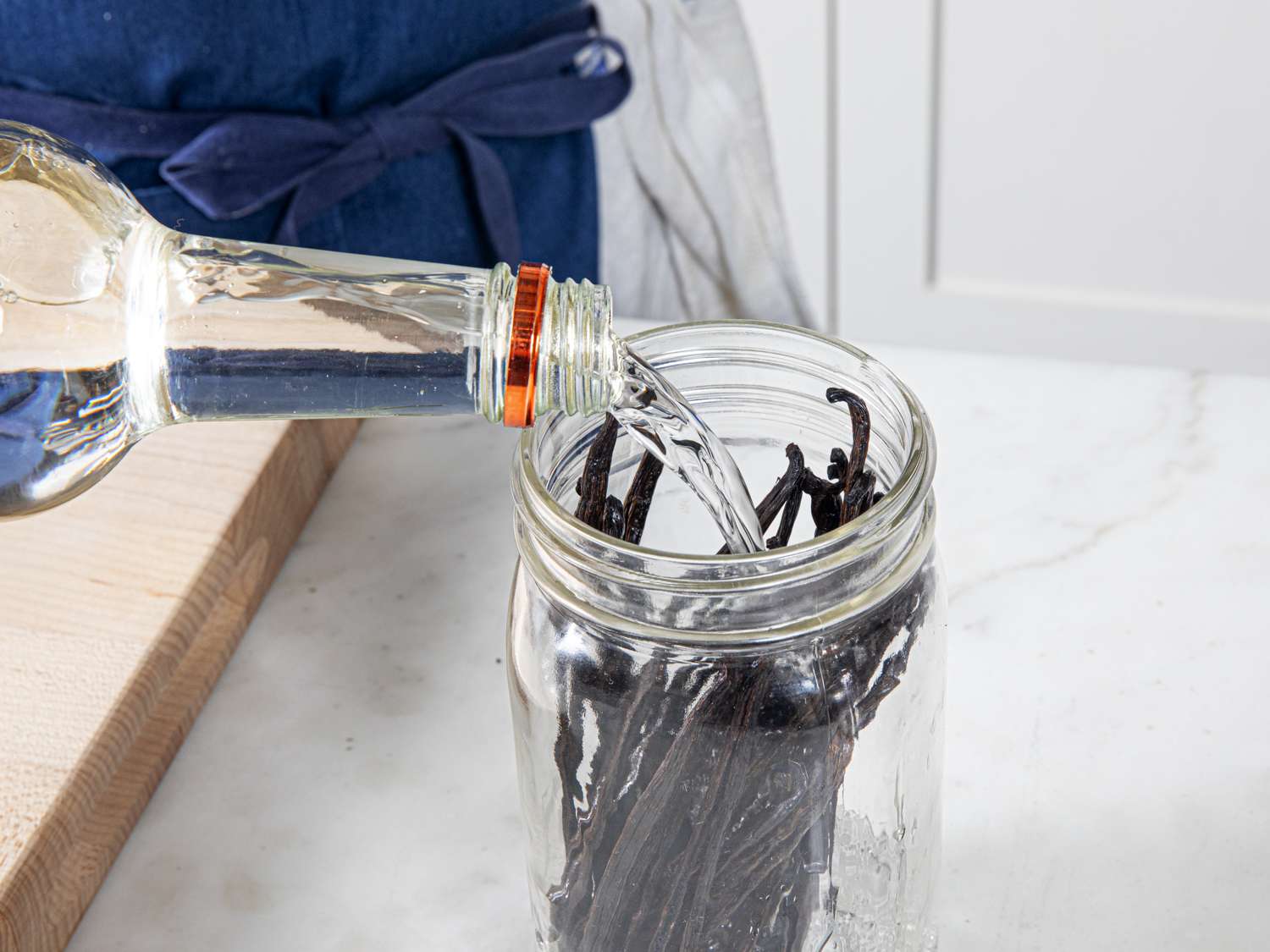
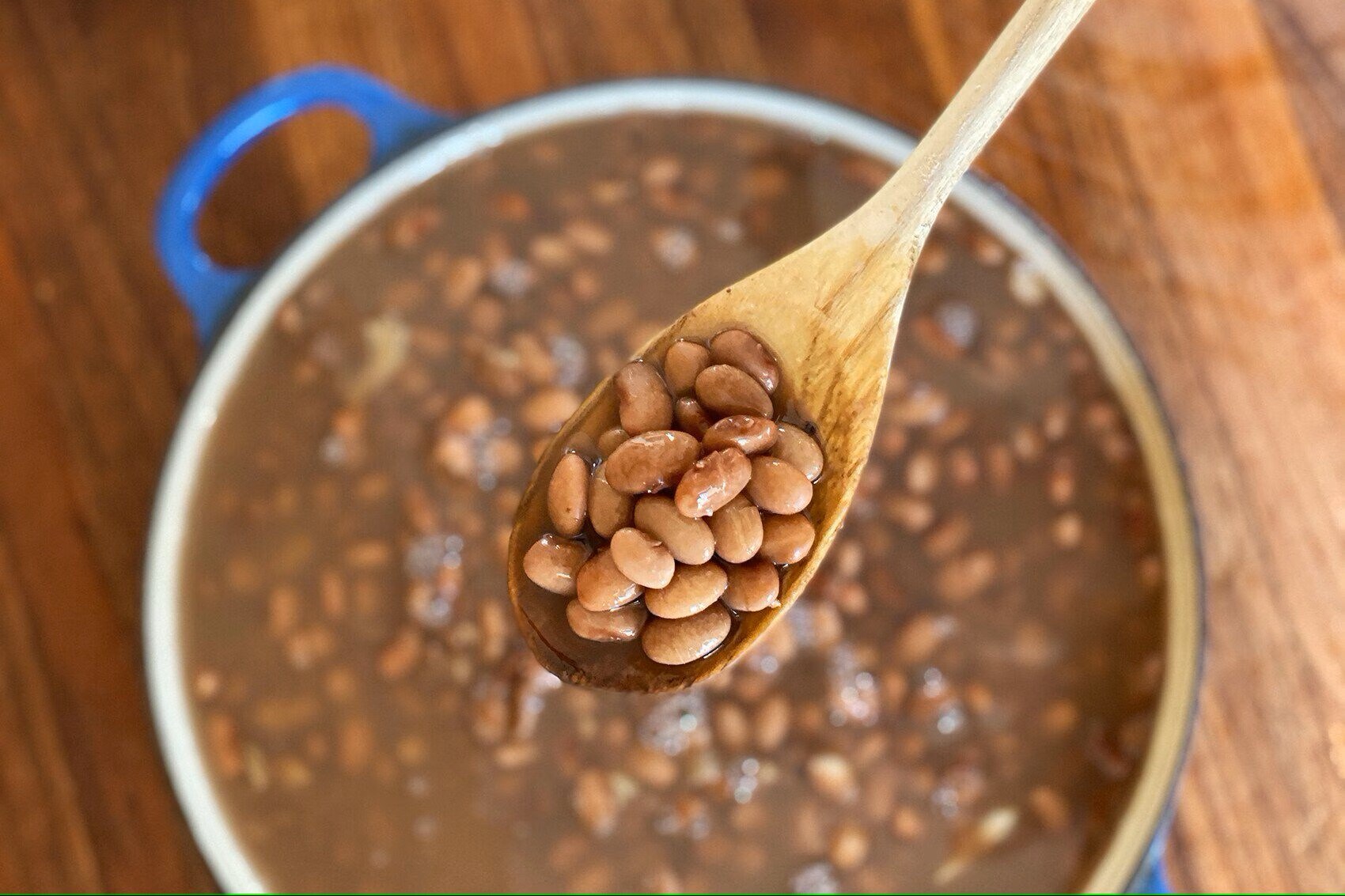
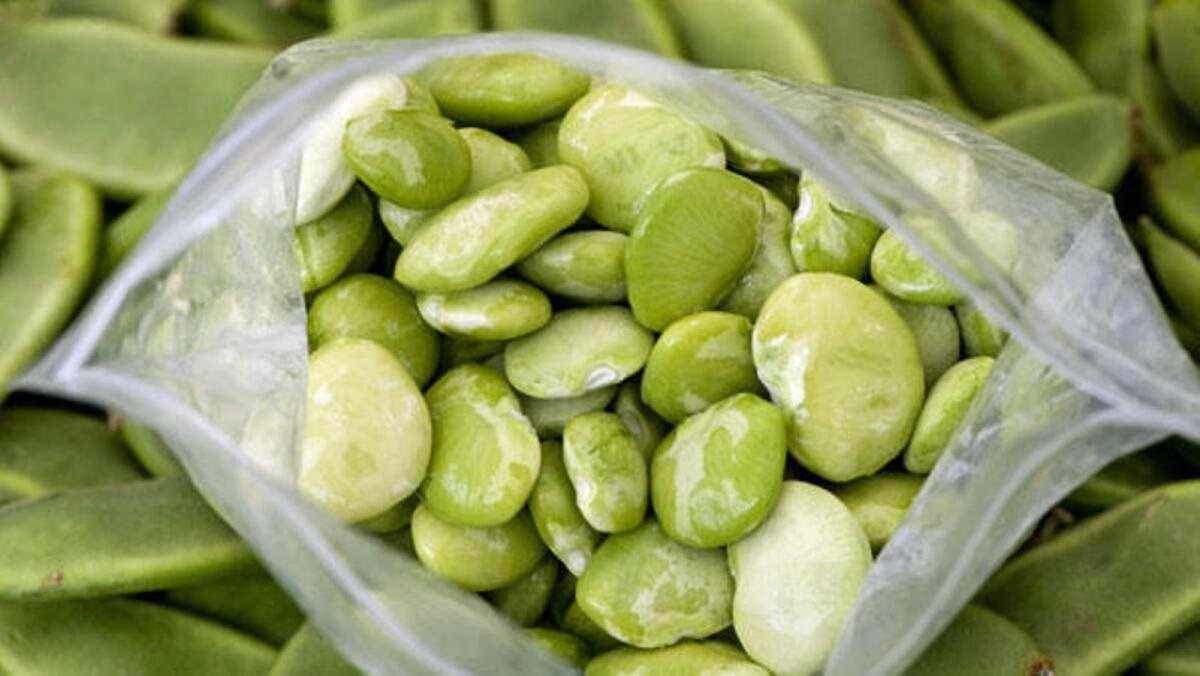
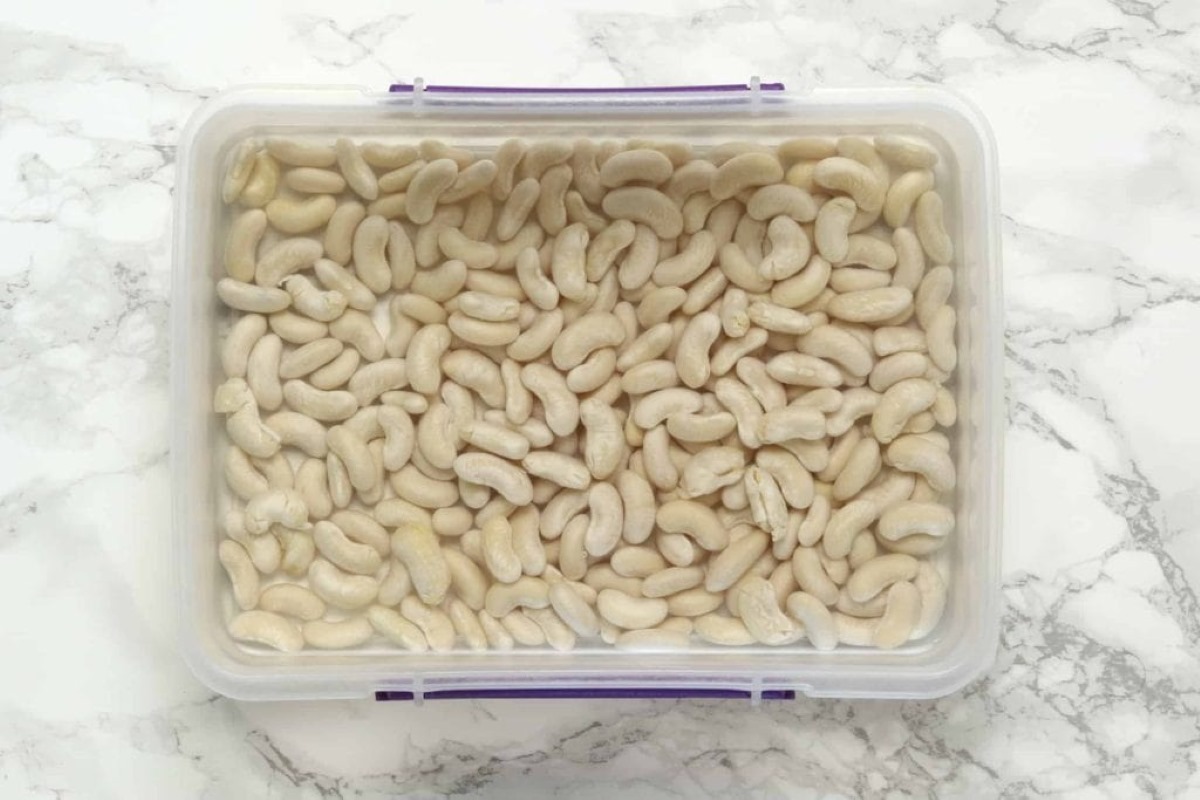

0 thoughts on “How To Store Fava Beans”